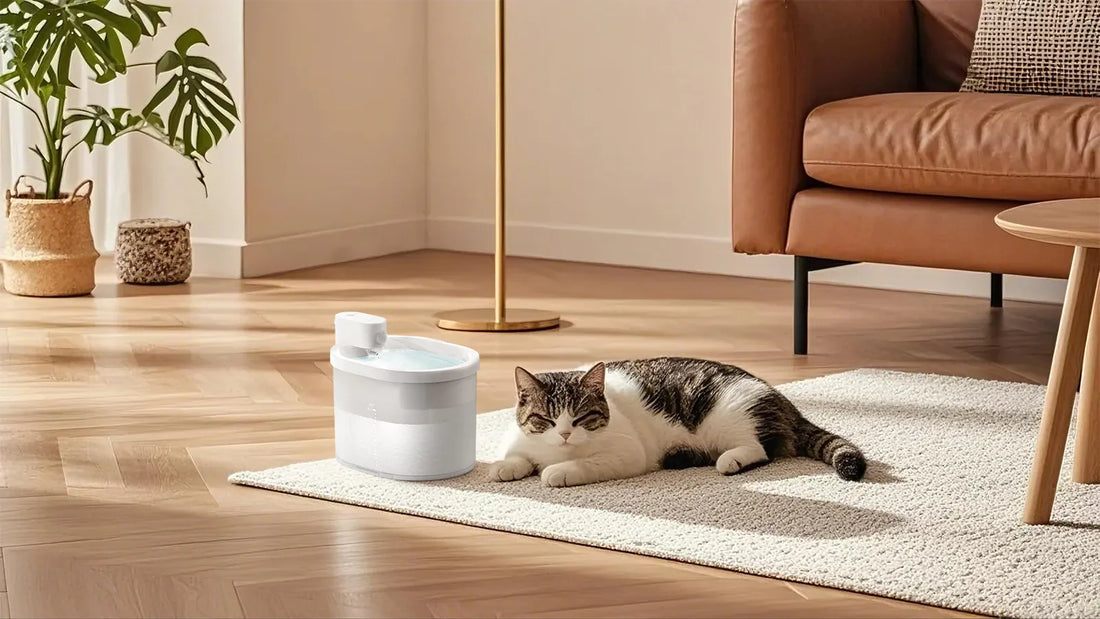Playing with your cat is more than just a fun activity—it’s a crucial part of their physical and mental well-being. But how much should you play with your cat to ensure they’re happy, healthy, and fulfilled? This guide will help you understand the importance of playtime, how to tailor it to your cat’s needs, and tips to make it enjoyable for both of you.
Why Playtime is Essential for Cats
Cats are natural hunters, and playtime mimics the hunting behaviors they would exhibit in the wild. Without adequate play, cats can become bored, stressed, or even develop behavioral issues. Playtime helps them burn off excess energy, maintain a healthy weight, and sharpen their instincts. It also strengthens the bond between you and your feline friend.
How Much Playtime Does Your Cat Need?
The amount of playtime your cat needs depends on their age, breed, and personality. On average, adult cats benefit from 15 to 30 minutes of playtime per day, divided into two or three sessions. Kittens, on the other hand, are bundles of energy and may require up to an hour or more of play each day. Senior cats may need shorter, gentler play sessions to keep them active without overexertion.
Signs Your Cat Needs More Playtime
If your cat is exhibiting signs of boredom or frustration, they may need more playtime. Look for behaviors such as excessive meowing, scratching furniture, or pouncing on your feet. These are often indicators that your cat is seeking stimulation. Increasing their playtime can help curb these behaviors and keep them content.
How to Make Playtime Engaging
To make playtime enjoyable for your cat, use a variety of toys that mimic prey, such as feather wands, laser pointers, or small balls. Rotate toys regularly to keep things fresh and exciting. Incorporate interactive play where you actively engage with your cat, as this strengthens your bond and provides mental stimulation. Remember to let your cat “catch” the toy occasionally to satisfy their hunting instincts.
Balancing Playtime with Other Activities
While playtime is important, it’s just one part of your cat’s daily routine. Ensure they have access to other enriching activities, such as climbing structures, scratching posts, and window perches. These activities provide mental stimulation and help your cat stay active even when you’re not around to play.
Common Mistakes to Avoid
One common mistake is over-relying on automated toys. While these can be helpful, they don’t replace the benefits of interactive play with you. Another mistake is ending playtime abruptly, which can leave your cat frustrated. Instead, gradually wind down the session and reward your cat with a treat or meal to simulate the natural hunting and eating cycle.
Tailoring Playtime to Your Cat’s Personality
Every cat is unique, and their play preferences will vary. Some cats may enjoy high-energy games, while others prefer gentle, low-key activities. Pay attention to your cat’s cues and adjust playtime accordingly. If they seem disinterested or tired, give them a break and try again later.
The Benefits of Regular Playtime
Regular playtime has numerous benefits for your cat, including improved physical health, reduced stress, and better behavior. It also provides an opportunity for you to monitor your cat’s health and spot any potential issues early. Plus, it’s a great way to strengthen your bond and create lasting memories with your furry companion.
Understanding how much to play with your cat is key to their happiness and well-being. By tailoring playtime to their needs and making it engaging, you can ensure your cat stays active, healthy, and fulfilled. So grab a toy, get down on their level, and enjoy some quality time with your feline friend—they’ll thank you for it!














